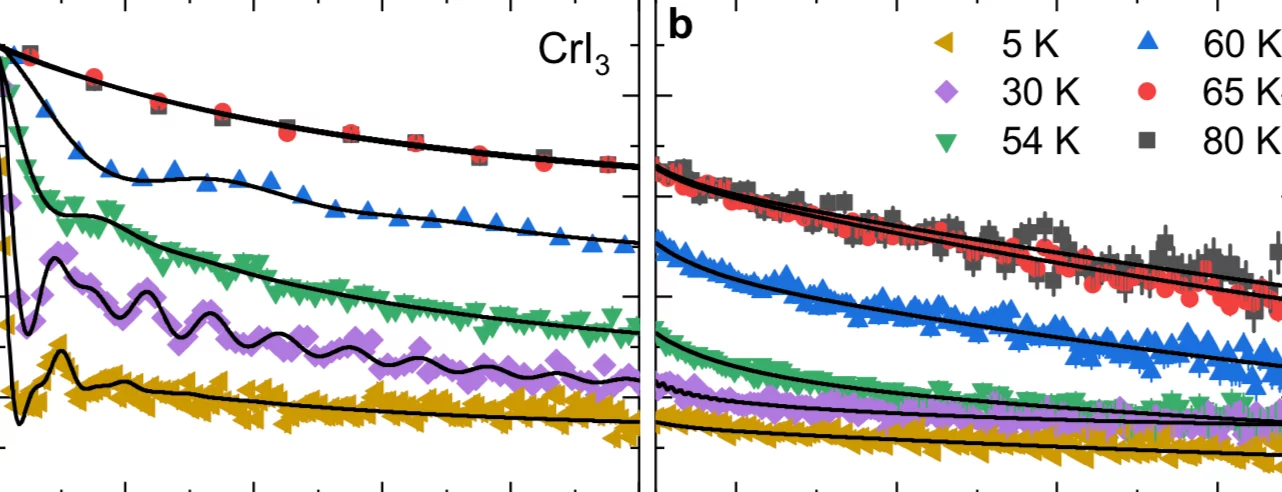CrI3 has raised as an important system to the emergent field of two-dimensional van der Waals magnetic materials. However, it is still unclear why CrI3 which has a ferromagnetic rhombohedral structure in bulk, changed to anti-ferromagnetic monoclinic at thin layers. Here we show that this behaviour is due to the coexistence of both monoclinic and rhombohedral crystal phases followed by three magnetic transitions at TC1 = 61 K, TC2 = 50 K and TC3 = 25 K. Each transition corresponds to a certain fraction of the magnetically ordered volume as well as monoclinic and rhombohedral proportion. The different phases are continuously accessed as a function of the temperature over a broad range of magnitudes. Our findings suggest that the challenge of understanding the magnetic properties of thin layers CrI3 is in general a coexisting structural-phase problem mediated by the volume-wise competition between magnetic phases already present in bulk.
Facility: SμS
Reference: J. Meseguer-Sánchez et al, Nature Communications 12, 6265 (2021)
Read full article: here


